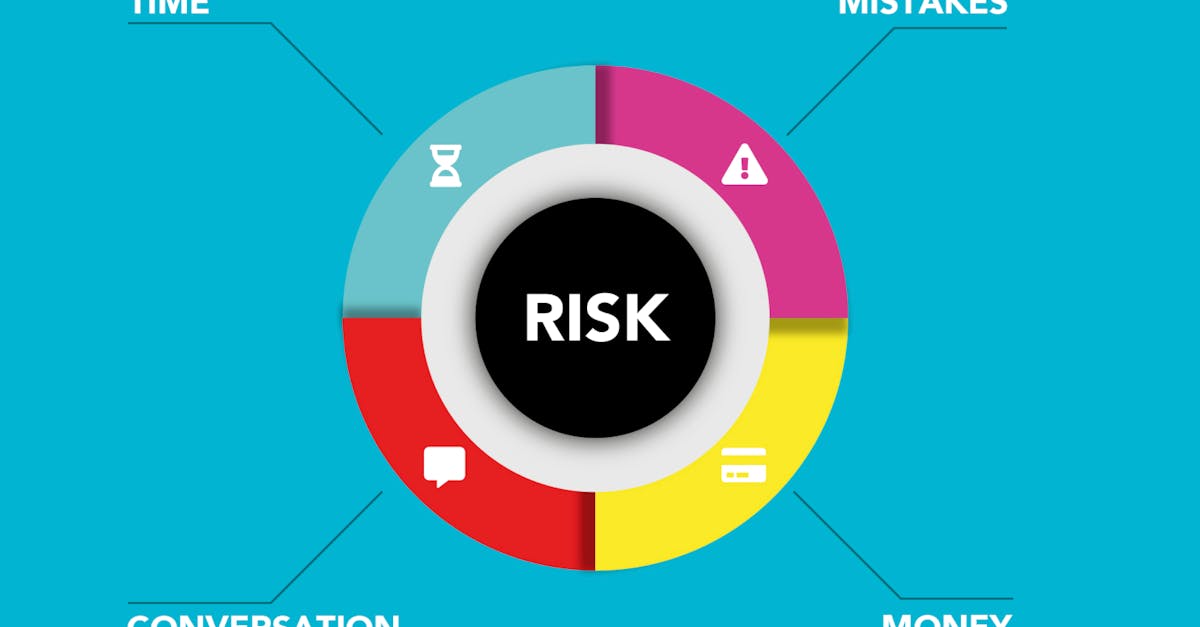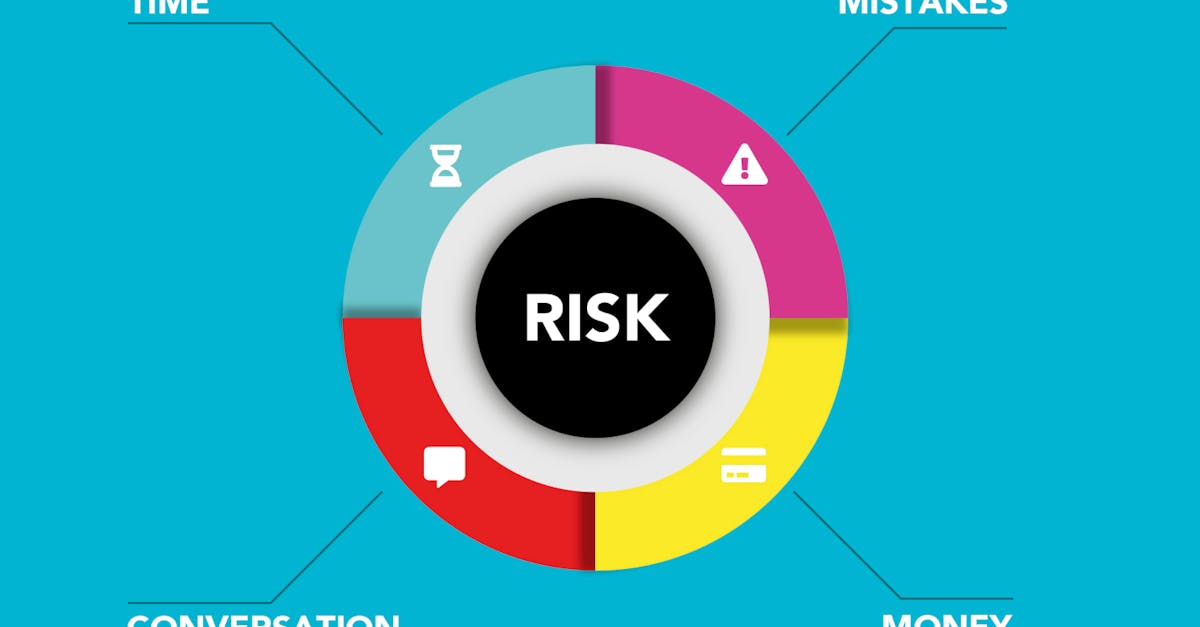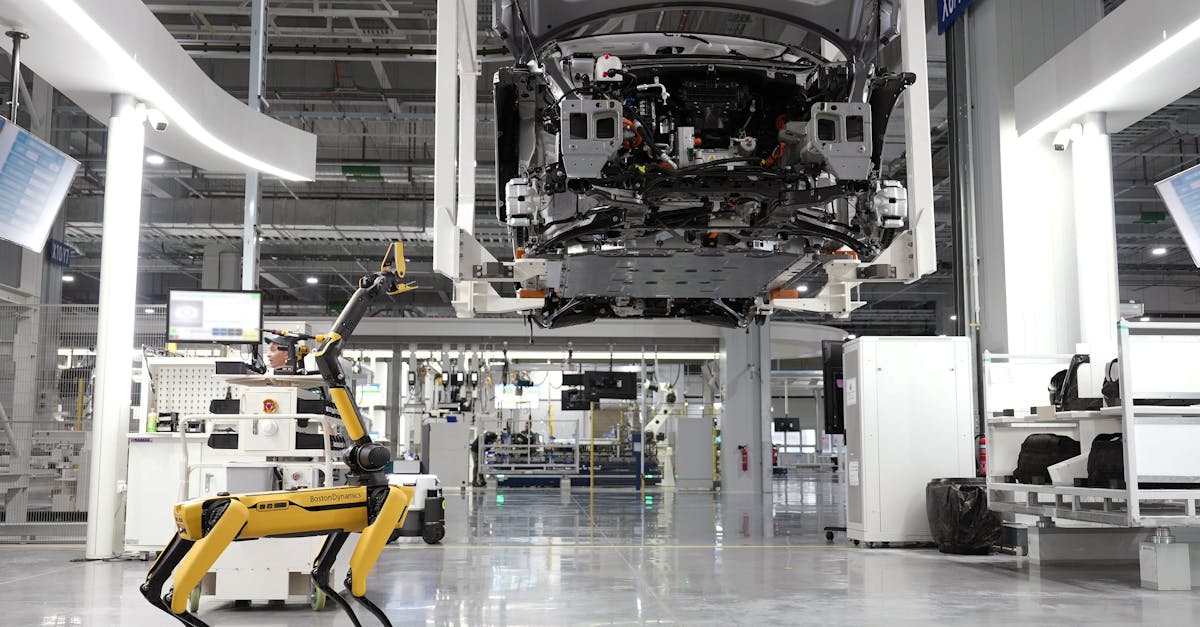Electric Skies Ahead How Aviation Is Entering The Green Revolution
Introduction to Eco-Friendly Aviation
The aviation industry is on the cusp of a green transformation, addressing its traditionally heavy carbon footprint. As climate change concerns grow, the sector is investing in eco-friendly technologies to minimize its impact. With innovations from electric propulsion systems to sustainable fuels, aviation is embracing the green revolution. A critical aspect of this shift is the increasing demand from passengers and regulators for sustainable travel options. The industry's willingness to invest in greener alternatives is pivotal in combating environmental challenges. As aircraft emissions contribute significantly to global warming, this transition is not just timely but vital.
Advertisement
The Need for Change
Aviation's environmental impact has long been under scrutiny, driven by its reliance on fossil fuels and consequent CO2 emissions. Statistically, aviation accounts for about 2.5% of total global emissions, a figure projected to rise with increasing demand. This presents a significant challenge but also an opportunity to revolutionize the industry. Stakeholders, including airlines, manufacturers, and governments, recognize the urgent need to address climate change through innovation. There is increasing recognition that the industry must pivot towards sustainable practices, ensuring future growth does not come at the Earth's expense. This understanding propels the industry's current green efforts.

Pixabay/Pexels
Advertisement
Electric Aircraft Revolution
One of the most promising developments in green aviation is electric aircraft technology. Unlike conventional planes, electric aircraft utilize electric motors for propulsion, eliminating direct emissions. Pioneers like Airbus and Boeing are investing heavily in developing electric aircraft, with promising prototypes already in testing. These advances present a future where short to mid-range flights could operate entirely on electricity. However, obstacles remain, such as limited battery efficiency and weight challenges that currently restrict electric planes' range. Overcoming these hurdles is essential for the mass adoption of electric aviation, reducing reliance on fossil fuels.
Advertisement
Sustainable Aviation Fuels (SAF)
In parallel with electric innovations, sustainable aviation fuels (SAF) are gaining traction as an immediate solution to reduce emissions. SAF is produced from renewable resources and waste materials, generating up to 80% fewer emissions than traditional fuels. Several airlines have already begun integrating SAF into their fleets, marking an essential step toward decarbonizing aviation. The challenge lies in scaling up production and making SAF economically viable. With supportive policies and investments, SAF could significantly cut the industry's carbon footprint while bridging the gap as electric technology matures.
Advertisement
Hybrid Aircraft Developments
Hybrid aircraft, which combine traditional engines with electric propulsion, represent an intermediary advance in green aviation. This hybrid model offers a synergistic approach, optimizing fuel efficiency and reducing emissions. Companies like Rolls-Royce are at the forefront, developing hybrid engines capable of transforming air travel. By reducing fuel consumption, hybrid aircraft offer a pragmatic and timely solution needed to transition toward sustainable aviation. The dual system allows for flexibility, operating in electric mode during certain flight phases and using traditional power when necessary.
Advertisement
Regulatory and Policy Framework
To support these technological advancements, a robust regulatory framework is essential. Many governments are now adopting policies that incentivize the development and use of green aviation technologies. Initiatives like carbon-offsetting programs and research grants for sustainable aviation development play a critical role in fueling innovation. The International Air Transport Association (IATA) has set ambitious targets to achieve net-zero aviation emissions by 2050. Policy frameworks must continue to evolve, encouraging collaboration across industries to accelerate the green revolution in aviation.
Advertisement
Challenges Facing The Green Transformation
Despite significant progress, several challenges hinder the path to a sustainable aviation sector. High costs associated with developing and implementing green technologies pose a financial burden. Public and private entities need clear, consistent investment strategies to drive ongoing innovation. Moreover, coordinating international standards for sustainable aviation can be complex due to varying national priorities. It is imperative to address these barriers with a united approach, ensuring the global aviation industry progresses in a coordinated manner toward achieving sustainability goals.
Advertisement
The Role of Technological Innovation
Technological innovation is at the heart of the aviation sector's transformation. Autonomous flight systems, artificial intelligence, and advanced materials are spearheading this evolution. These technologies enhance efficiency, reduce maintenance costs, and support the broader sustainability agenda. Continuous research and development in aerodynamics, materials, and propulsion are paving the way for next-generation aircraft. Breakthroughs in battery technology and energy storage are crucial for realizing the full potential of electric and hybrid aviation. Collaborative, cross-disciplinary advances underpin the industry's commitment to green skies.
Advertisement
Consumers and Industry Adaptation
The success of the green revolution in aviation significantly hinges on consumer and industry adoption. Growing consumer awareness and preference for sustainable travel options are influencing airline strategies. Many are investing in carbon offset programs, greener infrastructure, and eco-friendly initiatives. Airlines that prioritize sustainability are gaining competitive advantages, proving that eco-conscious business models can thrive. Meanwhile, education and awareness campaigns are crucial for gaining public trust and interest, ensuring smooth consumer adaptation toward sustainable air travel.
Advertisement
Conclusion and Future Outlook
The journey toward green aviation is complex but undeniably promising. The industry's adoption of technologies such as electric propulsion and sustainable fuels presents a path to drastically reduce emissions. With commitment and innovation, aviation is poised to lead the green revolution, aligning growth with the planet's health. As hurdles are overcome, a future of sustainable and efficient air travel is within reach. Continued collaboration, investment, and public engagement will be vital in realizing electric skies and a sustainable tomorrow.
Advertisement








